By ALISON-BATEMAN HOUSE

In April 2016, I published guidance, in the form of a mock case study, on how to access a drug before it has been approved by the FDA—what’s known as pre-approval (or expanded or compassionate) access. This is an updated version of that guidance, reflecting multiple important changes in the pre-approval landscape over the past year. In particular, the FDA rolled out a new, streamlined form for single-patient requests, and Congress passed the 21st Century Cures Act, which, among many other things, mandated that certain pharmaceutical companies provide public information about their pre-approval access policies.
Patients (and physicians) trying to access an unapproved drug outside of a clinical trial can feel as though they’re navigating uncharted waters. Many physicians don’t know that the FDA permits the use of unapproved drugs outside of clinical trials; those who do know often have no idea how to access such drugs for their patients. Those physicians who know about pre-approval access are largely specialists in certain areas—often, oncology or rare diseases—and they are generally self-taught: they didn’t learn about pre-approval access in medical school or in their residencies. Thus, while some physicians have become very accustomed to requesting pre-approval access to drugs, the majority lacks this knowledge. In this essay, I use a fictional case to trace the process for requesting access to an unapproved drug. I hope to explode several myths about the process, especially the beliefs that the FDA is the primary decision-maker in granting access to unapproved drugs and that physicians must spend 100 hours or more completing pre-approval access paperwork.
Imagine you are a physician, and you have a pregnant patient who has tested positive for the Zika virus. She is only mildly ill, but she’s terrified that the virus, which has been linked with microcephaly and other abnormalities, will harm her unborn child. She’s so concerned that she is contemplating an abortion, even though she and her husband have been trying to have a child and were overjoyed to learn she was pregnant.
Last night, you saw a news story about a pharmaceutical company with a drug in development that, in theory, could minimize the impact of Zika on fetuses. The story, while focused on the hope of a way to prevent fetal harm from Zika, also discussed the ethical concerns raised by the prospect of testing a new drug on pregnant women and their fetuses. Watching the story, you had thought it might be impossible to ethically test this drug in people, but now, with a distraught patient before you, you wonder if you can find a way for her to try this investigational drug.
In the best-case scenario, you would remember the name of the company developing the drug. After contacting the company, you would learn that it is enrolling participants in a well-designed clinical trial, that your patient is eligible for the trial, and that there is a trial site convenient to her. She would decide to enroll in the trial and have a healthy child — either because of the drug or because the infection did not affect the fetus — and her participation would aid in the development of a drug that may help others who find themselves in her situation. There are numerous reasons, however, why this best-case scenario may not come to pass. For example, you may be unable to recall or figure out which company is developing the drug you heard about; your patient may be uninterested in participating in a clinical trial; or she may be interested but is ineligible because of medical or geographic factors.
For the purposes of this essay, imagine that you cannot remember the name of the pharmaceutical company. So, you go to ClinicalTrials.gov and search the trials listed there using the keyword “Zika.” You look through the various trials listed, but, unfortunately, none of them will work for your patient because they have already completed enrollment or because she matches certain exclusion criteria or is unable to travel to a clinical trial site.
You know the FDA allows expanded access (its term) or compassionate use (the more colloquial term) of investigational drugs when patients without other treatment options are not eligible for clinical trials, but you’ve heard that it is a complicated and time-consuming process. You wonder whether it is even an option for your patient, who would need to decide quickly if she is going to have an abortion. Nevertheless, you decide to try. You do an internet search for “FDA expanded access” and send a message to the FDA email address you find. You quickly get a response informing you that you need to contact the company whose drug you wish to try on your patient to see if it is willing to provide its drug; if so, then you will work with that company to prepare an application for FDA review.
As you don’t remember the name of the company that was developing the drug, you can’t just directly contact it. Instead, on ClinicalTrials.org, you search for “expanded access” and get 719 results. You then try “compassionate use,” getting 602 results, and “pre-approval access,” with 4 results. Unfortunately, when you add “Zika” to your search, you get zero results, regardless of whether you use “expanded access,” “compassionate use,” or “pre-approval access.” Rather than giving up, you do a search using just the keyword “Zika,” intending to call all the listed clinical trials to see if one of the trial sponsors can help your patient, even though she isn’t eligible to join their trial.
The first clinical trial listed is run by Big Successful Pharmaceutical. You go to its website and see that its pre-approval policy posted there. The policy directs you to send an email to a specified address or call a certain number. You call, and the person who answers takes down your request and says you will get a response within 5 business days.
It used to be rare for a company to make its pre-approval access policy public. According to an October 2016 report by Avalere Health, a search of 100 publicly traded pharmaceutical and biotechnology companies found that only 19 companies included their pre-approval access policies on their websites. However, legislation enacted in December 2016 (the 21st Century Cures Act) mandated that “the manufacturer or distributor of one or more investigational drugs for the diagnosis, monitoring, or treatment of one or more serious diseases or conditions make publicly available” its pre-approval access policy. This policy must include (1) contact information for the drug company; (2) procedures for making requests; (3) the general criteria the company uses to evaluate both the requests and its responses to such requests; (4) how long the company will take to acknowledge receipt of requests; and (5) a link or other reference to information about clinical trials for the drug. When Avalere re-ran its study in March 2017, it found that the number of companies with publicly available pre-approval access policies had more than doubled.
The impetus for this legislative requirement was the desire to make the pre-approval access process more patient-friendly. Prior to the 21st Century Cures provision, not only was information about how to submit pre-approval requests to specific companies lacking, but some companies simply did not respond to inquiries. The new rule requires companies to be more forthcoming about their policies and give requesters a timeline for when they can expect an answer. Importantly, the policy mandates that companies have a policy; however, this does not mean that they necessarily offer access: a company’s pre-approval access policy can be that it does not grant pre-approval access to its drugs.
In June 2017, another new tool was unveiled. This is the Expanded Access Navigator (http://navigator.reaganudall.org/), which offers physician- and patient-specific instructions on how to pursue expanded access. In addition to information about how to search ClinicalTrials.gov to find drugs that may be relevant, the Expanded Access Navigator has an alphabetical company directory with links the companies’ websites and information about their expanded access policies and contact information for placing a request. Thus far the Expanded Access Navigator mainly has information relevant to oncology, but it will be adding additional companies and expanding into different therapeutic areas.
One of the reasons that it is important for you to have a designated contact is because different pharmaceutical companies delegate pre-approval decision-making to different people. It could be the chief medical officer, the regulatory liaison, the CEO, the head of the team developing the new drug, the legal team, or some other staff member. Just as there is no industry-wide consensus on who should respond to such requests, there is no agreement on what the answer should be. Some companies feel strongly that they shouldn’t provide unapproved drugs to patients outside of clinical trials, while others are willing to do so as long as it wouldn’t interfere with their trials. Some companies may be willing to provide access in theory but do not have enough drug to make provision a reality, and still others might have policies stipulating that access will be granted only after a certain point in the clinical testing of the drug — for example, after it has been proven relatively effective in a Phase 2 trial, or perhaps after the trials are complete and the drug is under review by the FDA. Yet another area where there is no industry-wide consensus is what to do with patients who appeal a denial. These are the patients who might turn to the media, online petitions, and Twitter and Facebook to try to pressure a company into granting access to its unapproved drugs.
In your case, you get a response the next day informing you that the company has received so many requests for their investigational drug that it has decided to open an expanded access program (EAP). This is like a clinical trial, in that it collects some data, but its inclusion criteria are less demanding than those of the “real” trials. Your patient, who couldn’t participate in the clinical trial because she has difficulty traveling and lived several hours away from the closest trial location, can participate in the EAP. Because the EAP is collecting less data than is the trial, your patient’s pre- and postnatal visits can be conducted at your hospital instead of her having to travel to the trial site.
Just as you’re breathing a sigh of relief about how easy the process turned out to be, you get bad news. Although the EAP is in the process of being set up, it will not be started in time for your patient, who needs treatment urgently, as she has decided that she would rather have an abortion that give birth to a Zika-affected child. The company informs you that it is still willing to provide its drug to your patient, but you’ll have to go through what is called the single-patient IND route.
Your contact at the company instructs you to complete form FDA 3926, which is available online. You say that you’ve heard that it can take 100 or more hours to complete and that your patient doesn’t have that kind of time. But your company contact tells you that the 100-hour estimate applied to the drug company, when it completed paperwork prior to beginning clinical trials. The form you need to submit, with the company’s help if necessary, should take 45 minutes, at most, to complete.
Once the form is filled out, you send it to the FDA, which will review it to see if it raises any red flags or if the agency has any suggestions on how to improve your proposed treatment plan. By law, the FDA must respond within 30 days; however, its reviewers understand that these requests are often time-sensitive, so they screen them as quickly as possible. In fact, emergency requests are typically reviewed in one day or less and non-emergency requests are usually reviewed within four days. Furthermore, the company tells you that historically the FDA has approved the vast majority of requests for expanded access. Indeed, online you find FDA statistics showing that it approves 99% of pre-approval access requests.
The next morning you get a call from the FDA: the agency will permit you to try the investigational drug on your patient and her fetus. However, there is one more step to take before you can do so—you need to get permission from your hospital’s institutional review board (IRB). The IRB is charged with reviewing research projects proposed to be conducted at the institution, making sure they are ethically acceptable before human subjects can be enrolled. In this case, what they are reviewing is not a research project (even though it involves an investigational drug) but clinical care, albeit of a new, innovative sort that may not actually work. As such, you are not sure how to present your plan for trying this investigational drug to the IRB.
You call the drug company for advice, and a representative offers to send you its clinical trial consent form. You modify the form, removing language about the trial but keeping information about the potential risks and benefits of the drug to mother and fetus. You then call your hospital’s IRB and explain that you wish try an unapproved drug on one of your patients, as she has no approved therapeutic options; that the company is willing to provide the drug; that the FDA is willing to let the request proceed; and that now you need the IRB’s approval. The IRB staff member tells you to send him your proposed informed consent form and that the board will review it as quickly as possible. You know it normally takes a while for your IRB to review submissions, so you are relieved to hear that they will review it quickly. You are also a bit skeptical! Later that day, you call again to check on your submission and to emphasize its time-sensitivity, and you are informed that you’ll have an answer tomorrow. You call your patient to update her and then do the same to the pharmaceutical company, which tells you it will express ship the drug to you so you can use it as soon as you have permission from the IRB.
In our scenario, it all works out: the IRB approves your submission, the drug arrives on time, the patient consents to receive the drug and takes it with no problems, and she goes on to deliver a healthy child. You have new, hard-won knowledge about how to request unapproved investigational drugs. Very likely you think the process was more complicated that it should be, especially given the time-sensitivity of your request, but upon reflection you realize that the biggest problem you encountered was figuring out what to do and in what order. You vow to share your knowledge with your colleagues and students. Overall, however, you are appreciative of the guidance provided by the company, the FDA, and your IRB, and your patient is grateful that you went above and beyond to try to help her have a healthy child.
The purpose of walking through the above scenario has been to demystify the process of seeking access to an investigational drug outside of a clinical trial through the FDA’s Expanded Access Program. Secondarily, the above scenario was intended to quash several myths. One such myth is that it requires 100 hours or more to complete the FDA’s expanded access paperwork. Another such myth is that the FDA has ultimate control over access to investigational drugs via expanded access. In this case, access to the drug hinged on the company’s willingness to provide it. If the company had said no, the FDA cannot “force” the company to provide an investigational drug. Once the company agreed to provide the drug, the FDA does have approval power, but over 99% of the time, the agency permits pre-approval access requests to proceed. The FDA review is no rubber stamp, however. The agency does important work reviewing the proposal and providing feedback on such issues as dosage, dose schedule, etc. Furthermore, the FDA requires that physicians notify them of any severe or unexpected adverse events that occur in the patient after the drug is administered. This allows the FDA staff to have better understanding of what may happen with the drug should it receive another request to use it in a patient. The physician’s IRB also has approval power over the plan to use an investigational drug in a patient.
Obviously, the above scenario is idealized. Despite recent efforts like the Expanded Access Navigator, physicians (particularly those who are not researchers) may not be able to figure out what investigational drugs may be promising or which company to contact for a specific drug. The company may not post its access policy (despite federal regulations requiring it to do so), or it may not respond to a request. Misunderstanding how to obtain access to investigational drugs outside of clinical trials may result in physicians spending time petitioning the FDA for access when, in reality, it is the companies that have the initial and most significant role in deciding whether to grant requests for access. And, as mentioned before, there is no industry-wide consensus on how to handle appeals when companies deny a request for access.
One byproduct of the lack of understanding of how to seek pre-approval access has been the proliferation of so-called “Right to Try” laws on the state level and, currently, as bills before Congress. Right to Try advocates incorrectly identify the FDA as the sticking point in efforts to obtain non-trial access to investigational medical products. Seeking to remedy the perceived problem, these laws state that FDA approval is not needed to use the products under certain circumstances (most commonly, in terminally ill patients, with informed consent, and on a doctor’s recommendation). The state laws raise constitutional issues in their effort to wrest from the federal government the power to regulate the use of unapproved medical products. More important, these laws fail to acknowledge that any obstacle to a patient achieving pre-approval access is far more likely to arise from companies being unwilling to give out their drugs than from the FDA refusing a submission.
The libertarian Goldwater Foundation is the architect and main proponent of the Right to Try movement. This group continues to cite the 100-plus-hours-to-complete FDA-forms assertion in explaining why it has targeted the FDA. Although that figure was never accurate, in 2016 the FDA rolled out form FDA 3926, which was created only for single-patient requests and takes just 45 minutes to complete. Supporters of Right to Try laws also frequently say that the problem with the FDA is that it is slow: that patients are dead or too ill to be helped by the time the FDA approves a submission. While there may be a range of FDA response times to requests, by law the agency must respond within 30 days or the request is allowed to proceed. As mentioned above, the FDA normally reviews emergency requests in a day or less and non-emergency requests in a median of four days. Thus, FDA foot-dragging is not a problem. The right to try movement’s identification of the FDA as the chief obstacle to patients being able to access investigational drugs outside of clinical trials is the product of libertarian anti-regulatory ideology rather than fact.
It may be that the main barrier to patients getting access to pre-approval drugs is lack of familiarity with the process. Hopefully this essay has illuminated and demystified that process. However, seeking investigational drugs outside of clinical trials will still be challenging, and there is much work to be done: educating patients and physicians, guiding the pharmaceutical industry in the development of best practices concerning how to respond to requests, and assisting IRBs in providing appropriate and timely reviews of proposals. But the mere fact that this article needed to be significantly updated a year after publication is indication that change is happening quickly.

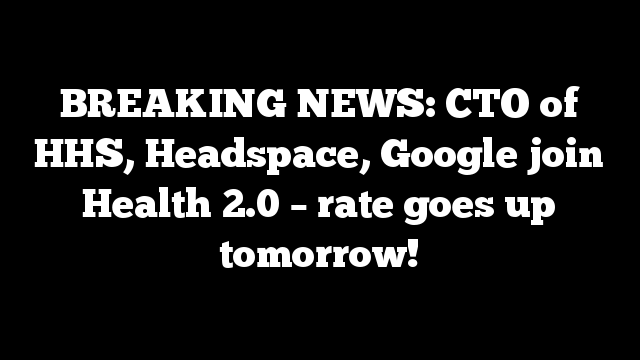
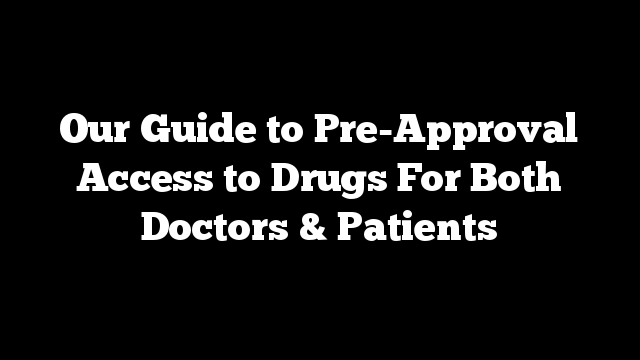


 Bright ideas are nothing without those who enable action. For every bright idea in the digital health space, developers are needed to turn that idea into a reality. We’ll be kicking of this year’s Annual Health 2.0 Fall Conference on October 1st (1-5pm) with Dev Day, a day dedicated to the developers, data scientists, and coders in the health tech space.
Bright ideas are nothing without those who enable action. For every bright idea in the digital health space, developers are needed to turn that idea into a reality. We’ll be kicking of this year’s Annual Health 2.0 Fall Conference on October 1st (1-5pm) with Dev Day, a day dedicated to the developers, data scientists, and coders in the health tech space.
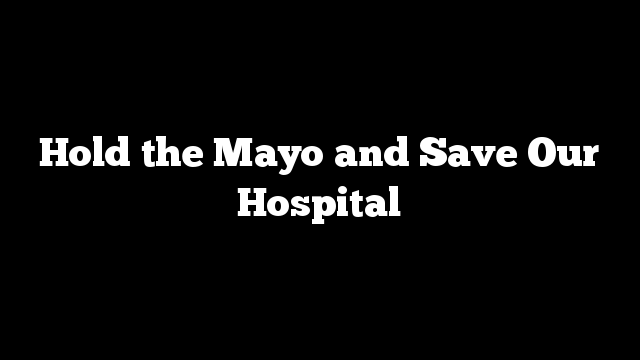
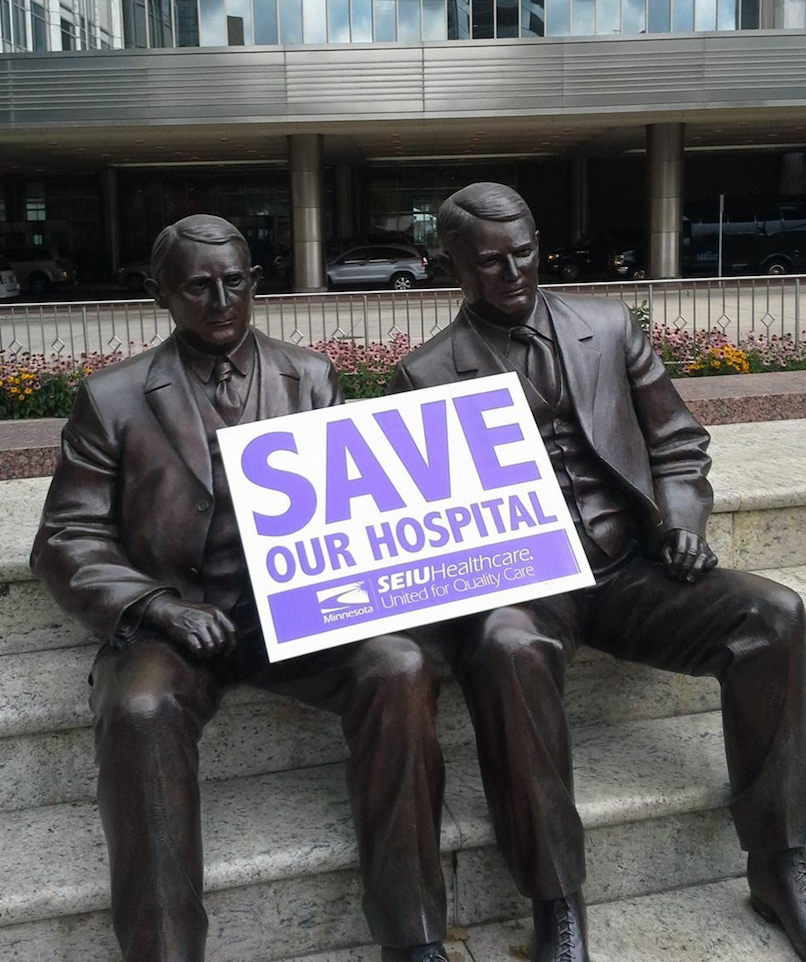
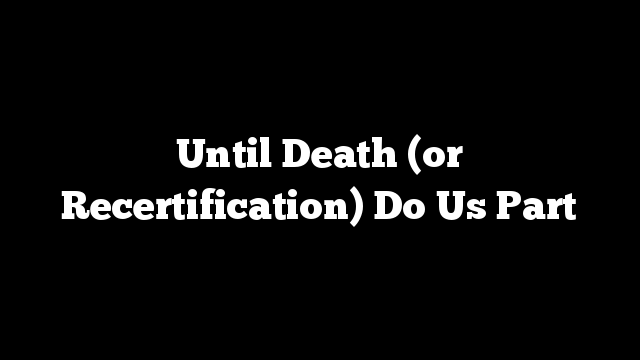
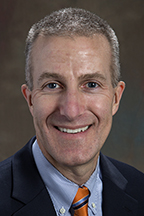
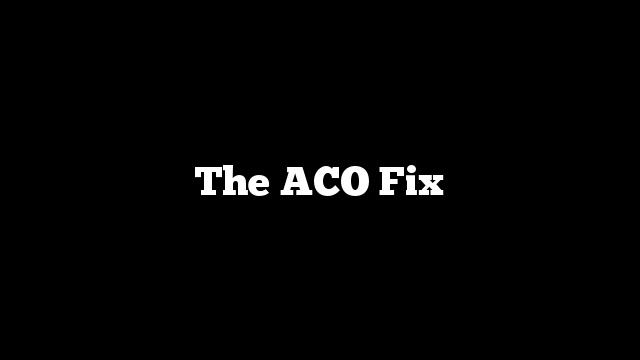


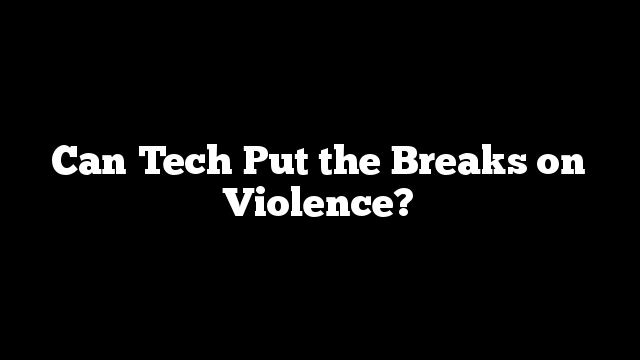

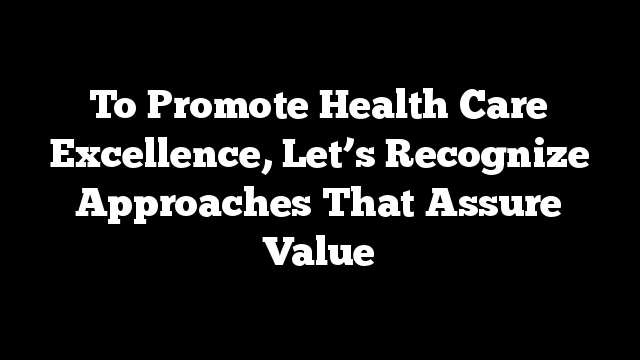
 A challenge for health care purchasers is choosing vendors whose performance matches their cost and outcomes claims. A 2015 Mercer survey found that only 41 percent of worksite clinic sponsors think that they’re saving money. As Al Lewis and Tom Emerick have detailed, many wellness and disease management companies simply overstate their results. In many cases employers may not realize that they, not the vendor, take the risk for results.
A challenge for health care purchasers is choosing vendors whose performance matches their cost and outcomes claims. A 2015 Mercer survey found that only 41 percent of worksite clinic sponsors think that they’re saving money. As Al Lewis and Tom Emerick have detailed, many wellness and disease management companies simply overstate their results. In many cases employers may not realize that they, not the vendor, take the risk for results.